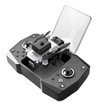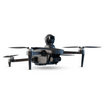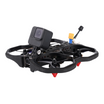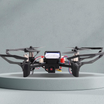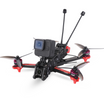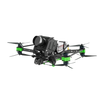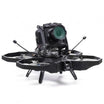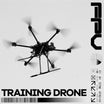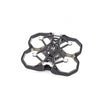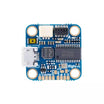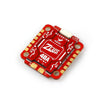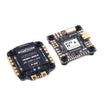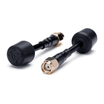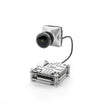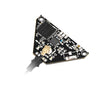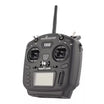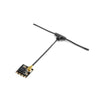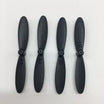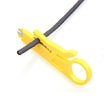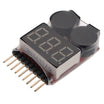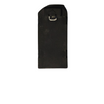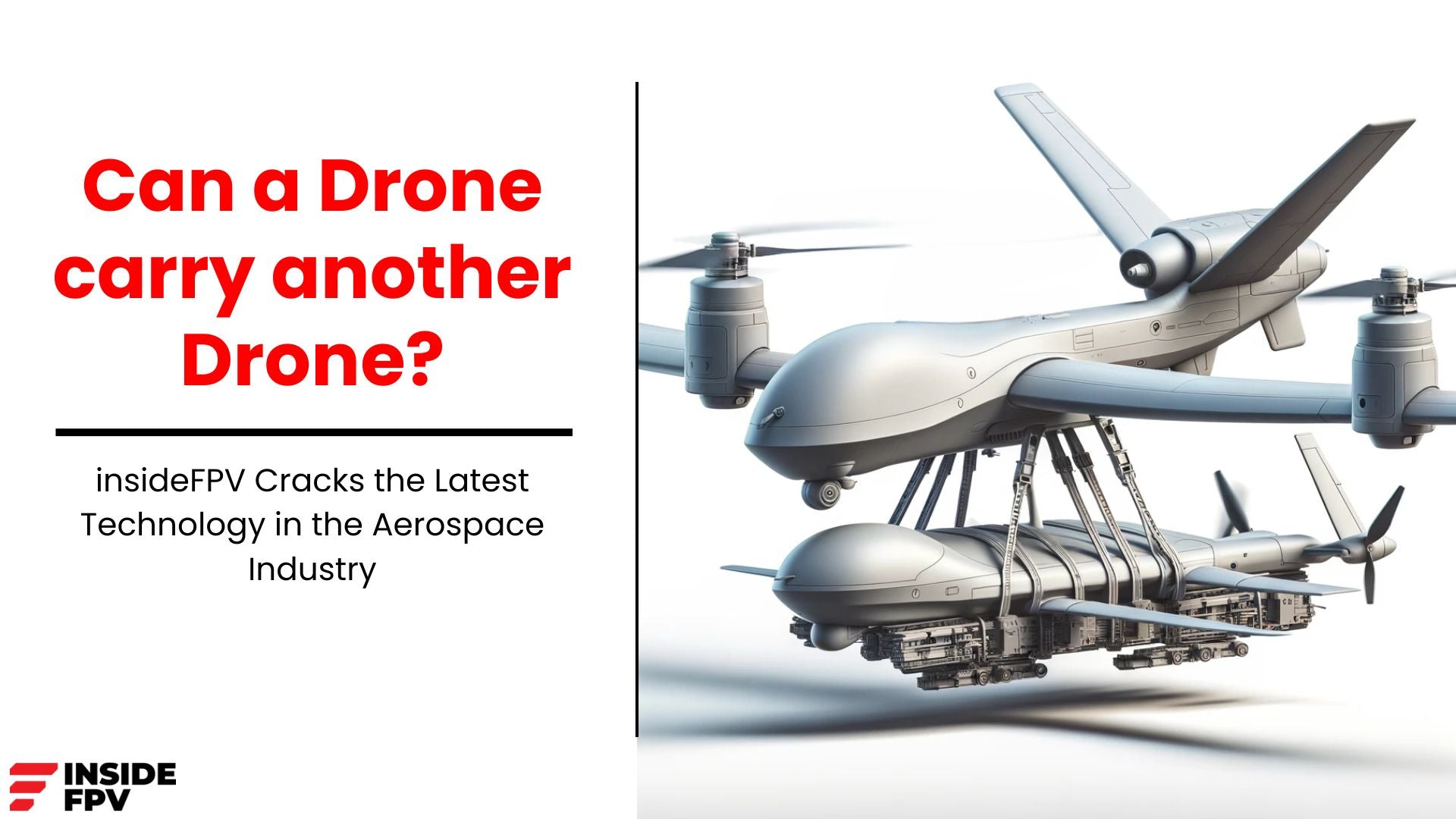Introduction:
The world of unmanned aerial systems (UAS) is constantly evolving, driven by the relentless pursuit of innovation and the desire to push the boundaries of what's possible. One concept that has captured the imagination of researchers and engineers alike is the "Mother-Baby Drone" approach, which promises to revolutionise the way complex missions are undertaken and challenging environments are explored.
At the core of this concept lies the idea of combining the strengths of multiple drones, each optimised for specific tasks. A larger, more powerful "mothership" drone serves as a carrier and command centre, while smaller, agile "baby" drones are deployed to perform intricate operations or navigate through confined spaces.
The Genesis: Exploring the Concept
The concept of in-flight launch and deployment of smaller drones from a larger mothership has been explored by various researchers and organisations, including tech giants like DJI. However, many of these early efforts faced challenges in areas such as aerodynamics, control systems, and stabilisation, leading to unsuccessful testing or limited capabilities.
Despite these initial setbacks, the potential of the Mother-Baby Drone concept remained fascinating, prompting researchers to delve deeper into the underlying principles and overcome the technical hurdles. Through extensive simulations, iterative prototyping, and rigorous testing, a clearer picture began to emerge, paving the way for more refined and robust implementations.
Understanding the Mother-Baby Drone Concept
The Mother-Baby Drone concept revolves around the seamless integration of two distinct aerial platforms: the mothership and the baby drones. The mothership is designed to be a stable and powerful platform, capable of carrying multiple baby drones and maintaining extended flight times. It serves as the command centre, housing advanced avionics, communication systems, and potentially even payload deployment mechanisms.
The baby drones, on the other hand, are compact, lightweight, and highly manoeuvrable platforms. Their smaller size and agility allow them to navigate through tight spaces, perform intricate manoeuvres, and gather detailed data or execute specific tasks in challenging environments.
One of the critical aspects of the Mother-Baby Drone concept is the in-flight launch and stabilisation of the baby drones. This process requires a carefully engineered release mechanism that ensures the safe separation of the baby drones from the mothership while in flight. Additionally, advanced control systems and stabilisation algorithms are employed to enable the baby drones to autonomously compensate for turbulence and maintain stable flight immediately after launch.
Potential Applications and Use Cases:
The versatility and adaptability of the Mother-Baby Drone concept make it suitable for a wide range of applications, each with its unique set of challenges and requirements.
- Search and Rescue Operations: In the aftermath of natural disasters or large-scale emergencies, the Mother-Baby Drone system can be deployed to assist in search and rescue efforts. The mothership can provide aerial surveillance and mapping capabilities, while the baby drones can navigate through collapsed structures or confined spaces to locate and identify survivors, expediting rescue efforts.
- Environmental Monitoring: The Mother-Baby Drone concept holds significant potential in environmental monitoring and conservation efforts. The mothership can survey vast areas, collecting data on vegetation health, wildlife patterns, and atmospheric conditions, while the baby drones can gather detailed information from specific locations or hard-to-reach areas, such as dense forests or rugged terrains.
- Military and Security Operations: The Mother-Baby Drone system can play a vital role in military and security operations, providing situational awareness, surveillance capabilities, and even decoy or distraction tactics. The mothership can act as a command and control centre, while the baby drones can be deployed for reconnaissance missions, target acquisition, or other specialised tasks.
- Infrastructure Inspection: The compact size and manoeuvrability of the baby drones make them ideal for inspecting critical infrastructure like bridges, pipelines, and power lines. By deploying these drones from the mothership, engineers can access hard-to-reach areas and capture high-resolution data, enabling proactive maintenance and timely repairs.
Breakthrough Achievement: insideFPV's Successful Alpha Testing
While the Mother-Baby Drone concept has been explored by various organisations, one company has taken a significant step towards realising its full potential. insideFPV, a leading drone manufacturing company, has recently achieved a groundbreaking milestone with the successful alpha testing of their Mother-Baby Drone system.
Through rigorous research and development efforts, insideFPV's team of experts has overcome the challenges associated with in-flight launch, stabilisation, docking, and autonomous flight control. They developed a system where the drone was flying efficiently even in a GPS denied environment as well as overcame jammers. Their system has demonstrated seamless integration between the mothership and baby drones, with robust docking and undocking mechanisms and advanced control algorithms.
During the alpha testing phase, insideFPV rigorously evaluated the system's capabilities, including the in-flight launch and stabilisation of the baby drones. Their engineers developed a sophisticated release mechanism that allowed the safe deployment of the baby drones from the mothership while in flight. Additionally, they implemented advanced control systems and stabilisation algorithms, enabling the baby drones to autonomously compensate for turbulence and maintain stable flight immediately after launch.
This remarkable achievement by insideFPV has made them pioneers in setting the stage for further refinements and optimizations, paving the way for the widespread adoption of the Mother-Baby Drone concept in various industries and applications.
Conclusion:
The Mother-Baby Drone concept represents a paradigm shift in the world of unmanned aerial systems, offering unparalleled versatility, adaptability, and mission flexibility. By combining the strengths of multiple aerial platforms, this approach enables the execution of complex missions and the exploration of challenging environments with unprecedented efficiency and effectiveness.
While the concept has been explored by various researchers and organisations, insideFPV's successful alpha testing of their Mother-Baby Drone system marks a significant milestone, demonstrating the feasibility and potential of this revolutionary technology.
As the industry continues to evolve, and the demand for innovative aerial solutions grows, the Mother-Baby Drone concept is poised to play a pivotal role in shaping the future of drone operations. From search and rescue missions to environmental monitoring, infrastructure inspection, and military operations, this versatile approach promises to redefine the boundaries of what's possible in the realm of unmanned aerial systems.
With continued research, development, and collaboration among industry leaders, academia, and government agencies, the Mother-Baby Drone concept has the potential to unlock new realms of exploration, enhance mission capabilities, and ultimately contribute to a more connected, resilient, and sustainable future.
FAQs
- What is the Mother-Baby Drone concept?
The Mother-Baby Drone concept involves a larger "mothership" drone that carries and deploys one or more smaller "baby" drones during flight. The mothership acts as a carrier and command center, while the baby drones are designed for specific tasks or navigating confined spaces.
2. What are the benefits of the Mother-Baby Drone approach?
This concept offers versatility, adaptability, better range, and mission flexibility by combining the strengths of different aerial platforms. It enables execution of complex missions, exploration of challenging environments, and efficient division of tasks between the mothership and baby drone
3. What are some potential applications of the Mother-Baby Drone concept?
Potential applications include search and rescue operations, environmental monitoring, infrastructure inspection, military and security operations, and more. The mothership and baby drones can perform complementary tasks suited to their capabilities.
4. How does the Mother-Baby Drone concept enable complex mission execution?
It combines strengths of different aerial platforms, allowing the mothership and baby drones to perform complementary tasks.
5. What are some key features of the mothership drone in the Mother-Baby system?
The mothership is a stable, powerful platform capable of carrying multiple baby drones for extended durations. It houses advanced avionics, communication systems, and payload deployment mechanisms.

